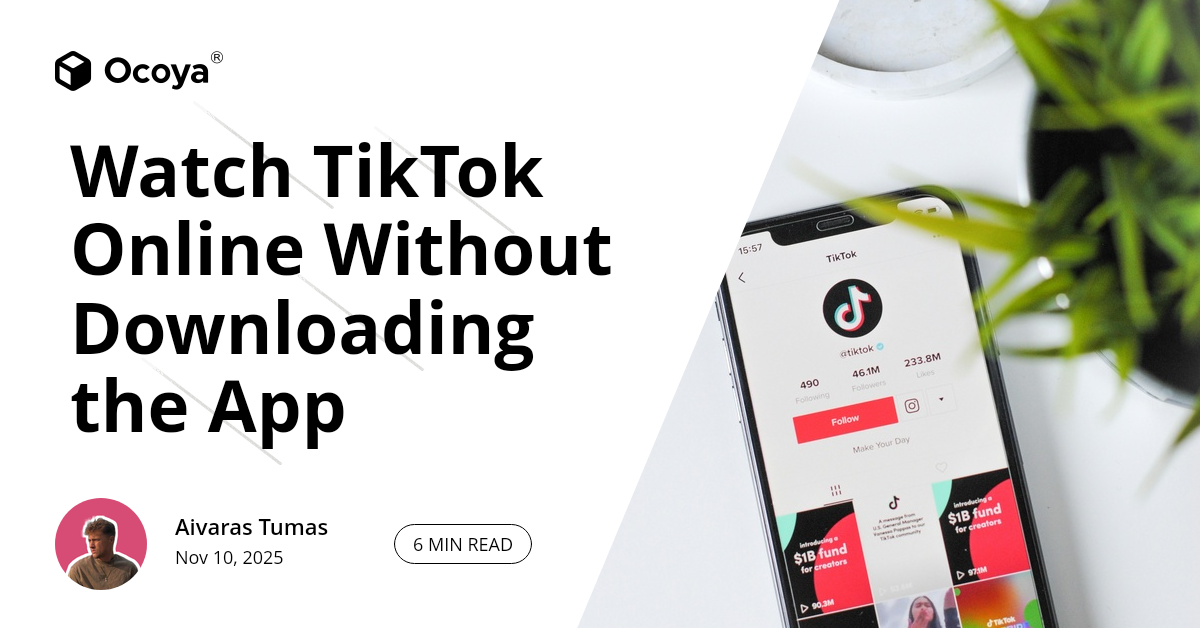
November 11, 2025
Marketing
Effective Strategies for Pricing Social Media Management Services

Pricing social media management services can be a daunting task for many digital marketing experts. The diverse range of services, client demands, and emerging platforms make it a challenging endeavor. This article aims to demystify the question of how to price social media management effectively, ensuring you can offer competitive yet profitable rates that reflect the value you bring to the table.
To set the foundation, it’s essential to recognize that social media management services encompass various components, from content creation to engagement tracking and analytics. Understanding these key elements is crucial for devising a pricing strategy that suits your business model and meets client expectations.
Understanding the Components of Social Media Management
Before diving into how to price social media management, let's break down the core components to better understand what your pricing needs to cover:
Content Creation
Content creation is the heart of social media management. It involves crafting engaging posts, designing eye-catching graphics, and even producing videos. Effective content creation requires a deep understanding of the brand’s voice, target audience, and platform-specific nuances. When pricing your services, factor in the time and resources needed to generate high-quality content regularly.
Scheduling and Posting
Scheduling and posting entail planning when and where content will be published. It’s not just about posting consistently but also ensuring posts go live at times that maximize engagement. Effective scheduling can be time-consuming, especially when managing multiple platforms for several clients.
Community Management
Actively engaging with followers through comments, messages, and mentions is vital for maintaining a brand's presence on social media. Community management involves responding to queries, moderating discussions, and fostering a sense of community around the brand. This aspect requires constant monitoring and quick responses, making it a significant part of social media management.
Analytics and Reporting
To demonstrate the value of your services, you must provide clients with insights and analytics about their social media performance. Generating detailed reports that highlight key metrics such as engagement rates, follower growth, and ROI is essential. This data not only helps in showcasing your work but also aids in refining future strategies.
Ad Management
Many clients may require paid social media campaigns to amplify their reach. Managing these ads involves creating ad content, setting budgets, monitoring performance, and optimizing campaigns for better results. This component adds an extra layer of complexity and should be appropriately compensated.
Factors Influencing Social Media Management Pricing
Now that we’ve outlined the core components, let’s explore the factors that influence how to price social media management services:
Client’s Industry and Size
Different industries have varying levels of competitiveness and market saturation, which can significantly influence the scope and complexity of social media management. Larger clients with established brands may require more sophisticated strategies and personalized attention, warranting higher rates.
Service Scope
Determine the breadth of services you will offer. Will you provide a comprehensive package that includes all aspects of social media management, or will you offer à la carte services? Clearly outlining what’s included in your packages ensures clients understand the value they are paying for.
Platforms Managed
Managing multiple platforms, including Facebook, Twitter, Instagram, LinkedIn, and newer platforms like TikTok, increases the workload and expertise required. Each platform has unique features and audience behaviors, impacting the time and effort needed for effective management.
Content Volume
The frequency of posts and types of content (static images, videos, stories) significantly affect pricing. Higher content demands require more resources in terms of time and creative input.
Experience and Expertise
Your level of experience and specialization can justify premium pricing. Established social media managers with a proven track record of successful campaigns can charge higher rates compared to those just starting in the industry.
Geographical Location
Your location and that of your clients can also influence pricing. Rates often vary depending on regional economic conditions and the cost of living.
Common Pricing Models for Social Media Management
Choosing the right pricing model is crucial. Here are some commonly used methods:
Hourly Rate
This straightforward model involves charging an hourly rate for your services. It’s ideal for clients with variable needs or smaller budgets. However, it requires meticulous time-tracking and may not be suitable for long-term engagements.
Fixed Monthly Retainer
A monthly retainer provides clients with consistent service and ensures a steady income for you. This model is beneficial for long-term relationships and allows you to plan your workload effectively. Clearly define what’s included in the retainer to avoid scope creep.
Project-Based Pricing
For one-off projects or specific campaigns, project-based pricing can be effective. It involves defining the project scope and deliverables and providing a fixed price. This method requires detailed contracts to ensure both parties are aligned on expectations.
Performance-Based Pricing
In this model, you charge based on the results achieved, such as follower growth, engagement rates, or conversions. While it can be highly rewarding, it’s also risky as it depends on factors outside your control. Use this model cautiously and only with clients who have a clear understanding of social media's inherent variability.
Steps to Determine Your Pricing
Here is a step-by-step guide on how to price social media management services:
Conduct Market Research
Understand what competitors are charging by conducting market research. Look at established agencies and freelancers within your niche. This helps you gauge standard rates and identify opportunities to differentiate your services.
Define Your Value Proposition
Clearly articulate what sets you apart from the competition. Whether it’s your creative prowess, data-driven approach, or customer service excellence, your unique selling points should be reflected in your pricing.
Create Tiered Packages
Offering tiered packages provides flexibility and caters to different client needs and budgets. For example, you could have basic, standard, and premium packages with varying levels of service and support.
Estimate Your Costs
Calculate the costs associated with providing your services, including tools, software, and labor. Covering these costs is essential to ensure profitability. Don’t forget to account for your time and expertise as part of the cost build-up.
Set Your Rates
Based on your research and cost estimations, set your rates. Ensure they reflect the value you deliver while remaining competitive. It may be helpful to start with a slightly lower rate when building your portfolio and increase prices as you gain more clients and experience.
Review and Adjust
Regularly review your pricing structure to ensure it remains competitive and profitable. The social media landscape is constantly evolving, necessitating adjustments to your rates and service offerings accordingly.
Navigating Client Expectations and Pricing Discussions
Effective communication is paramount when discussing pricing with clients. Here are some tips for seamless pricing discussions:
Transparent Communication
Be upfront about your rates and what’s included. Use clear, jargon-free language to ensure clients understand the value they are receiving.
Provide Detailed Proposals
When presenting proposals, break down the cost into specific services and deliverables. This transparency helps clients appreciate the various facets of social media management and justifies your pricing.
Highlight ROI
Emphasize the return on investment your services will bring. Use case studies and past successes to illustrate potential outcomes. Showing tangible results helps clients perceive your services as an investment rather than an expense.
Utilizing Tools to Enhance Efficiency and Value
Incorporating the right tools can bolster your social media management efforts and provide additional value to clients. One such indispensable tool is Ocoya. Ocoya is an all-in-one social media management platform that streamlines content creation, scheduling, and analytics. Here’s how Ocoya can benefit your business:
Automated Content Creation
Ocoya’s AI-driven tools can generate and curate content, saving you considerable time and effort in content creation. This efficiency allows you to focus more on strategy and engagement, enhancing the overall quality of your service.
Seamless Scheduling
With Ocoya, you can schedule posts across multiple platforms with ease. Its intuitive interface makes managing timelines and publishing schedules more straightforward, ensuring your content hits the feed at optimal times for maximum engagement.
Detailed Analytics
Ocoya offers comprehensive analytics tools that help track performance across various metrics. This data allows you to fine-tune strategies and demonstrate your value to clients through detailed reports.
By leveraging Ocoya, you can streamline your social media management processes, deliver superior results to your clients, and enhance your value proposition. Sign up for a free trial today and transform your social media management practice.
Key Takeaways
Understand the core components: Grasping the full scope of social media management services helps in creating a comprehensive pricing strategy.
Consider influencing factors: Elements such as industry, service scope, platforms managed, and your expertise play a significant role in determining prices.
Choose the right pricing model: Whether you opt for hourly rates, monthly retainers, project-based, or performance-based pricing, ensure it aligns with your business goals.
Conduct thorough research: Market research and competitor analysis are crucial for setting competitive and profitable rates.
Use tiered packages: Offering flexible packages caters to diverse client needs and budgets.
Communicate transparently: Clear communication and detailed proposals help clients understand the value of your services.
Leverage tools like Ocoya: Enhanced efficiency and deeper analytics can significantly improve your service delivery and justify your pricing.
By understanding how to price social media management services effectively, you can ensure sustainable growth for your business while delivering unparalleled value to your clients. Ready to elevate your social media management game? Try Ocoya now and experience a seamless and comprehensive approach to social media marketing.

Continue Reading
The latest handpicked blog articles.



.svg)

.svg)






